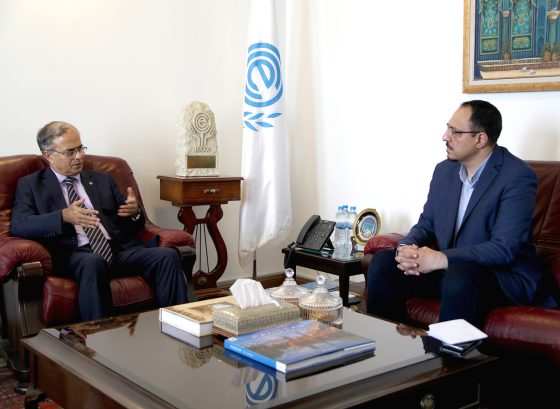“Mexican Women are Strong and Resilient.” Says Wife of the Mexican Ambassador to Iran
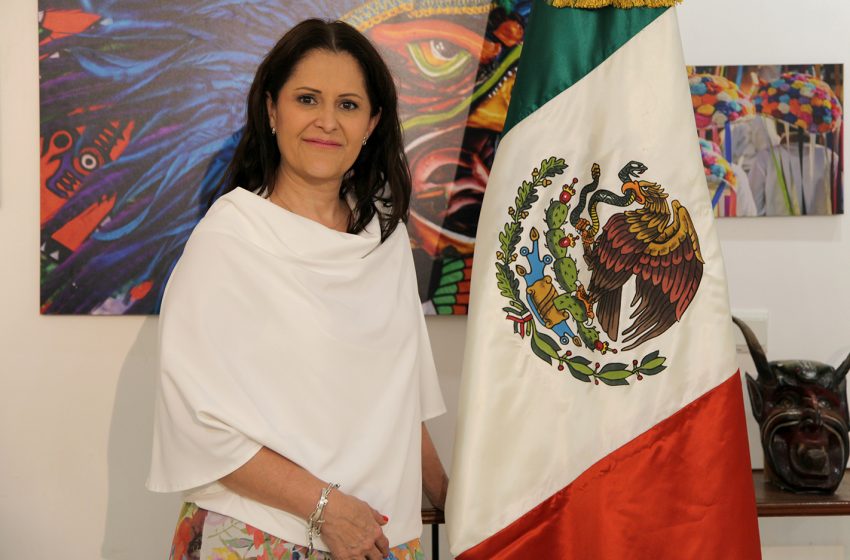
The wife of the Mexican ambassador to Iran takes us on a journey through the alleys of her childhood in Mexico City, providing a vivid picture of family life, traditions, and the vibrant culture of Mexico. In this interview, we meet a woman who is a blend of tradition and creativity, rooted in family values, yet dynamic and modern. With a humane and precise perspective, she describes the role of Mexican women in today’s society: strong, loyal, and full of life. Her narrative builds a cultural bridge between Iran and Mexico, where hospitality, family, and hope for the future become a shared language between the two nations.
AVA Diplomatic’s Exclusive Interview with Mrs. Susana Sánchez Gutiérrez,
Wife of the Mexican Ambassador to Iran
Where in Mexico were you born, and where and how did you spend your childhood and young adult years?
I was born in Mexico City, a vibrant place full of culture and traditions. My childhood was filled with unforgettable moments shared with my family—playing in the streets, around my neighborhood, and at school. It was a time when the city was much more tranquil than it is today. We always had pets—usually one or two dogs—so there was always a furry friend around.
At school, I was a good student. I was lucky to attend a school just a short walk from home, which made my childhood feel even safer and more connected. Our neighborhood felt like a big family—everyone knew each other, we lived close by, walked to school together, and played in the same parks and streets.
Growing up surrounded by such warmth, kindness, and friendship is something I will always deeply cherish.
What memories do you have from your childhood with your siblings?
With my siblings, I have countless memories because we’ve always had a relationship more like friends, even to this day. We would always get together to play the four of us, ride our bikes, or even cook with our mom. We helped each other with homework, got into mischief together, and we’ve always had a very close relationship—full of friendship, affection, respect, and a sense of complicity. That’s something I’ve always valued. Honestly, I don’t remember anything but good times—we always ended up having fun and finding the positive side of whatever we were doing.
To what extent were dance and music important in your teenage years? What kind of music did you listen the most, and who was your favorite singer at that time?
My parents always played music at home, so I grew up listening to 70’s rock in both Spanish and English, as well as traditional Mexican music like Boleros, romantic music by the way. I don’t remember having a favorite singer or band, but I do remember my dad’s favorite song — he would always play Frank Sinatra’s ‘My Way’ for us.
When did you first feel proud of your cooking?
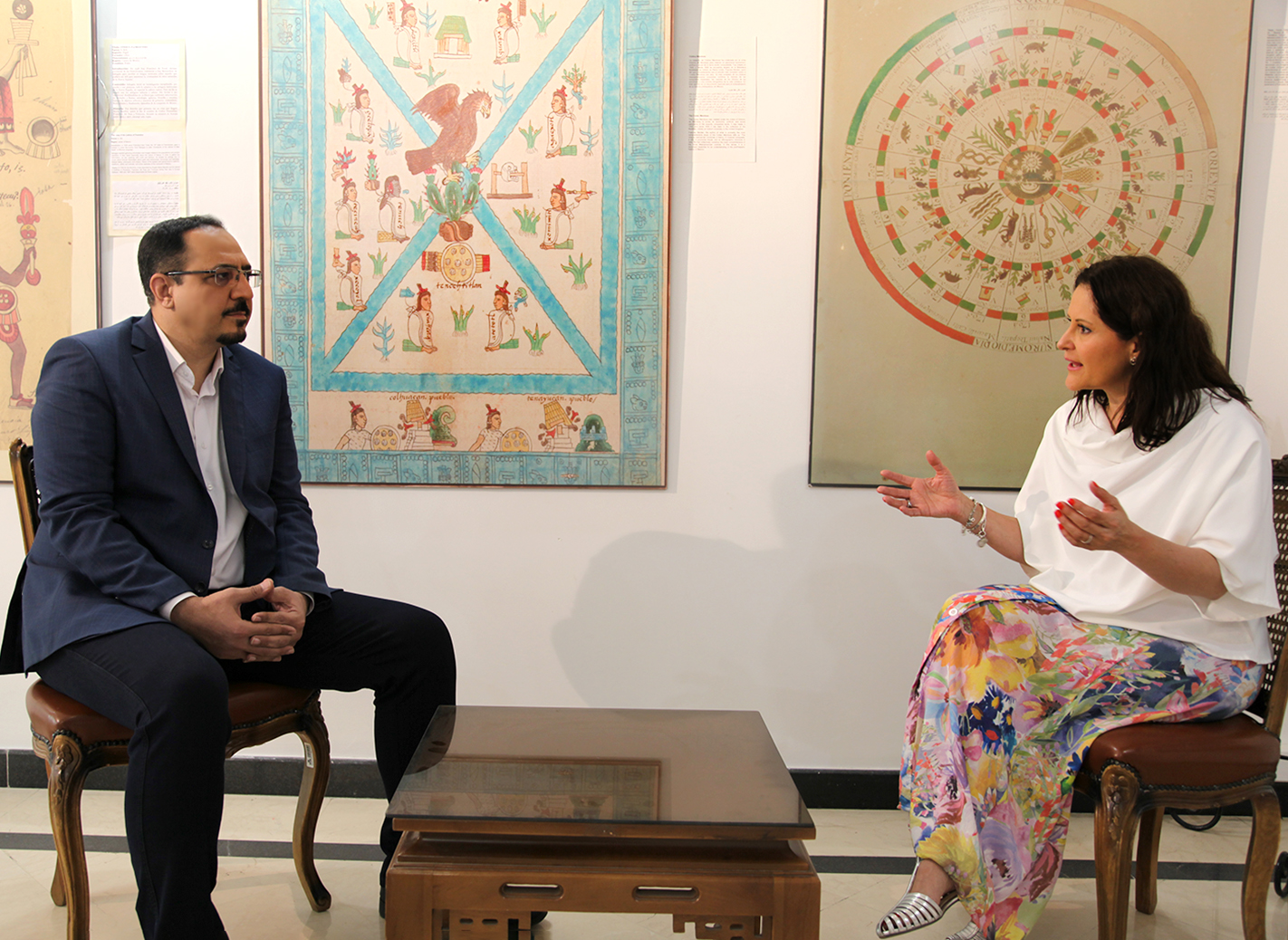 My mother has always loved cooking, and she often took courses to learn how to prepare dishes from all around the world. After every class, she would come home excited to teach my siblings and me everything she had learned. Our favorites were always the desserts — and Rompope, a traditional Mexican drink made with milk, egg yolks, sugar, and a touch of alcohol. Of course, we were too young to drink it, but we loved helping her stir it in the big pot. Those moments in the kitchen, full of laughter and sweet smells, taught me that cooking is not just about food — it’s about putting your heart into everything you do.
My mother has always loved cooking, and she often took courses to learn how to prepare dishes from all around the world. After every class, she would come home excited to teach my siblings and me everything she had learned. Our favorites were always the desserts — and Rompope, a traditional Mexican drink made with milk, egg yolks, sugar, and a touch of alcohol. Of course, we were too young to drink it, but we loved helping her stir it in the big pot. Those moments in the kitchen, full of laughter and sweet smells, taught me that cooking is not just about food — it’s about putting your heart into everything you do.
Over time, cooking for my family and seeing their smiles after a meal became one of my greatest joys.
What was your major in university, and why did you choose it?
I earned a degree in Marketing with a specialization in Advertising and Media. This field became my true passion, as it allowed me to blend analytical skills with creativity and innovation, all within a dynamic and engaging environment.
How has the Mexican education system changed compared to the time when you were a student?
Back then, classes were more traditional and stricter. Today, students have more access to technology, innovative teaching methods, and a greater focus on creativity and mental health. There are also more opportunities to learn languages and study abroad.
How did you meet your husband?
I met my husband at a friend’s gathering — one of those casual get-togethers that unexpectedly turned into something meaningful. He had just come back from living in Rome, and I wasn’t even supposed to be there that day. But plans changed, and somehow, I ended up in the right place at the right time. We started talking, and there was an instant connection — simple, genuine, and full of that special spark you don’t forget. That’s where our story began.
What are the wedding rituals and traditions in Mexico?
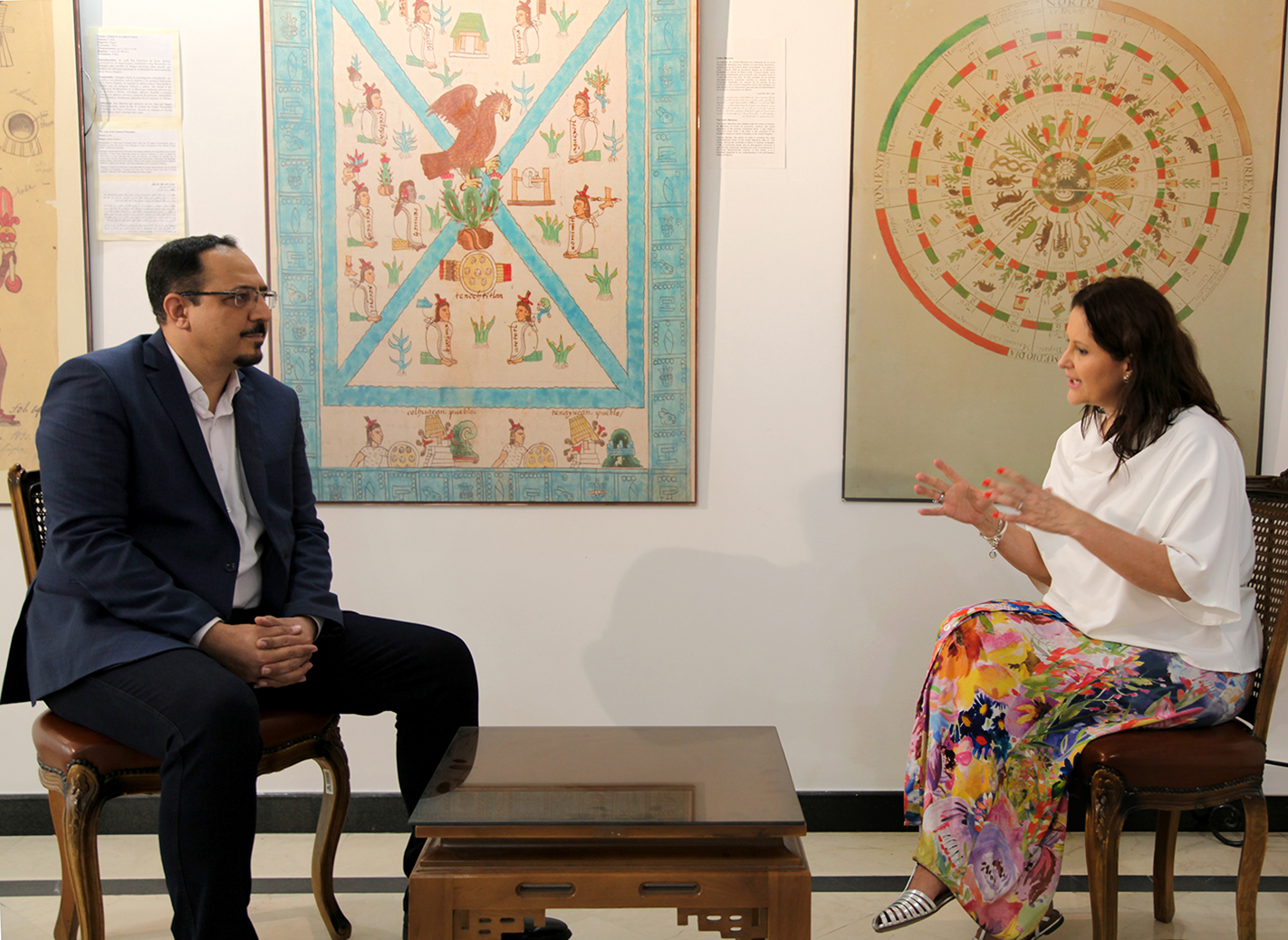 Traditional Mexican weddings blend Indigenous, Spanish, and modern elements. The process often starts with “La Pedida de Mano,” where the groom’s family formally asks for the bride’s hand. The religious ceremony, usually a Catholic Mass, includes symbolic items like the wedding cord (lazo), wedding coins (arras), and rings, with the bride sometimes offering a bouquet to the Virgin Mary. Godparents play a crucial role, sponsoring key items and offering support. At the reception, traditions include an emotional toast, the first dance, the lively game “La víbora de la mar,” the bouquet and garter toss (with the garter symbolizing good fortune), and cutting the cake. Regional traditions vary: in Oaxaca, colorful parades called calendas are common, while Mayan weddings in Yucatán involve the sacbé ritual seeking blessings from Mother Nature.
Traditional Mexican weddings blend Indigenous, Spanish, and modern elements. The process often starts with “La Pedida de Mano,” where the groom’s family formally asks for the bride’s hand. The religious ceremony, usually a Catholic Mass, includes symbolic items like the wedding cord (lazo), wedding coins (arras), and rings, with the bride sometimes offering a bouquet to the Virgin Mary. Godparents play a crucial role, sponsoring key items and offering support. At the reception, traditions include an emotional toast, the first dance, the lively game “La víbora de la mar,” the bouquet and garter toss (with the garter symbolizing good fortune), and cutting the cake. Regional traditions vary: in Oaxaca, colorful parades called calendas are common, while Mayan weddings in Yucatán involve the sacbé ritual seeking blessings from Mother Nature.
In Mexico, who typically covers wedding expenses and dowry—the bride’s family or the grooms?
Today in Mexico, wedding expenses are usually shared between the bride and groom’s families, depending on their financial situation and agreements between them.
Traditionally, the groom’s family covered more of the costs, especially for the religious ceremony and certain symbolic elements (like the arras, lazo, and rings), while the bride’s family often hosted or contributed heavily to the reception.
Currently, it’s very common for the couple themselves to pay a significant part or even most of the wedding costs, especially in urban areas.
As for dowry (called dote in Spanish), it is not a common practice anymore in modern Mexican weddings. It was historically more relevant in rural or very traditional settings, but today, marriages are typically based on mutual agreements without any formal dowry.
How much has your husband’s career influenced the upbringing of your children?
His career has influenced our children significantly, shaping their character in many positive ways. Living in different countries has exposed them to a variety of cultures and languages, which has expanded their minds and made them incredibly adaptable. They have not only learned different languages but have also gained a deep understanding of other cultures. This is something they definitely wouldn’t have experienced living in Mexico all along. It’s one thing to read about cultures in books, but it’s another to live daily life immersed in such rich and diverse cultures, like the Persian culture they experienced, which truly have opened their eyes to new perspectives.
Of course, it hasn’t always been easy for them. As children, adapting to such changes and challenges hasn’t always been smooth, and it has taken time for them to adjust. But despite the difficulties, they have learned how to handle frustration and setbacks, becoming stronger in the process. Over time, they’ve embraced the change and have even come to enjoy it. These experiences have not only made them more resilient but have also helped them become more sociable, tolerant, and open to meeting people from all over the world. They now understand much better that diversity enriches their lives, and that exposure to different people and ways of thinking is something to be cherished.
You and your husband have gained valuable experiences through numerous visits to different countries. Which culture or society has influenced you the most?
Each country leaves a different mark on you—some through their culture, others through their customs, their people, or the personal and professional growth you experience there. For me, every place has been truly special, because I believe it’s not the place that defines us, but the spirit we bring to it that truly gives it meaning. We are the ones who fill each place with memories, emotions, and purpose. If I had to choose one place in particular, it would be Iran. Here, I’ve found deep similarities with my own country and people. I’ve had the opportunity to develop new talents and grow in ways I hadn’t imagined. Above all, I feel at ease here—as if I were at home.
Are there any special rituals or traditions related to childbirth and naming in Mexico?
Yes, many families baptize the child within the first year, especially in Catholic communities. Names are often chosen to honor grandparents or saints. After the birth, it’s common for relatives and neighbors to visit the baby, bringing small gifts or food—it’s a very community-centered moment.
What are the most important festivals and celebrations in Mexico, and how are they celebrated?
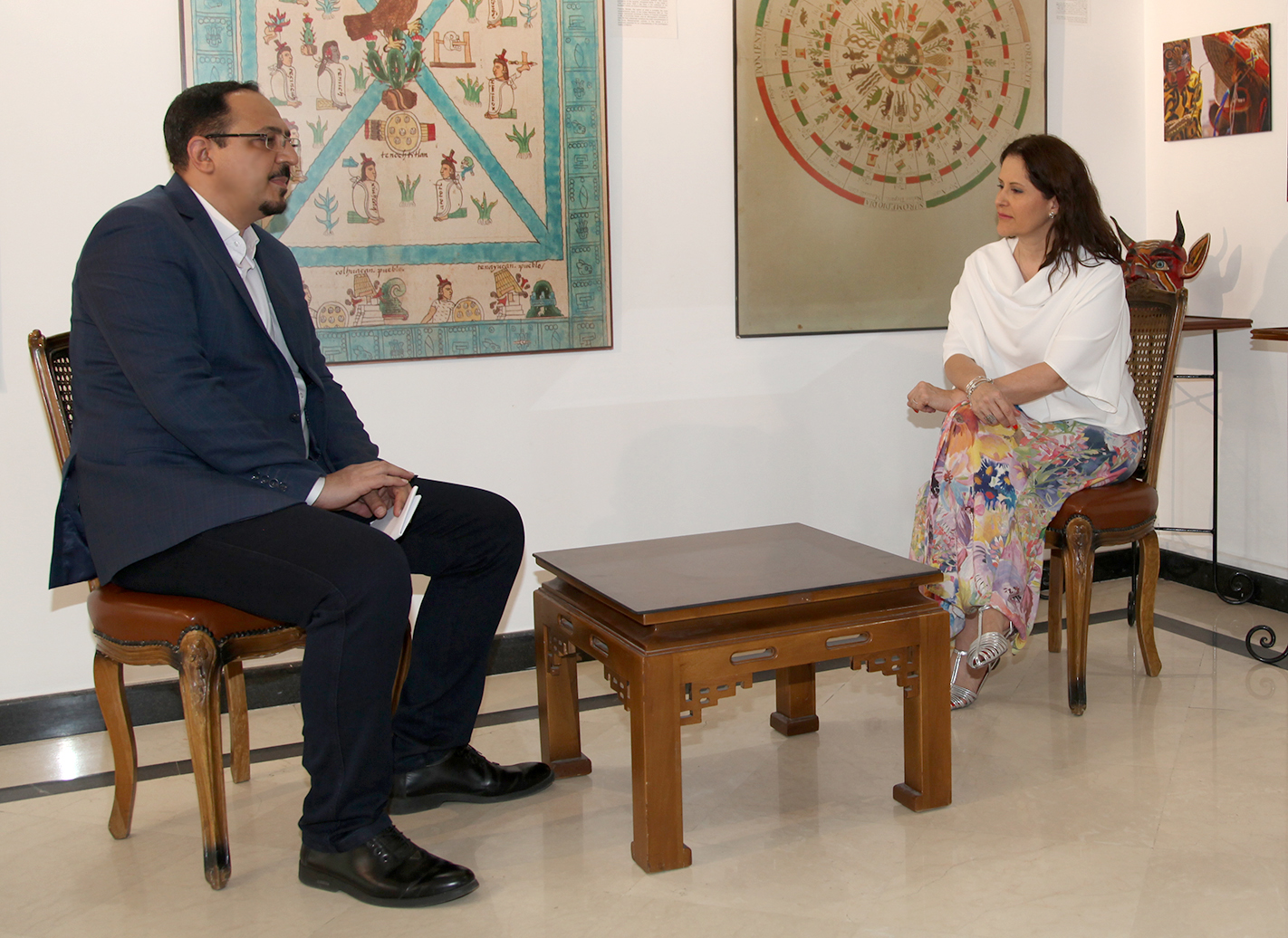 Mexico is known for its rich and vibrant diverse cultures and traditions. Some of our most important festivals include:
Mexico is known for its rich and vibrant diverse cultures and traditions. Some of our most important festivals include:
Día de los Muertos (Day of the Dead): Celebrated on November 1st and 2nd, it’s a time to honor and remember our loved ones who have passed away. Families build colorful altars with offerings like marigolds, candles, food, and photos, and there are parades, music, and symbolic decorations such as sugar skulls.
Independence Day (September 16th): We celebrate the beginning of Mexico’s independence with patriotic ceremonies, fireworks, traditional music, and the famous “Grito de Dolores” reenacted across the country.
Holy Week (Semana Santa): This deeply spiritual time is marked by religious processions, reenactments of the Passion of Christ, and family gatherings, especially in more traditional towns and cities. It’s one of the most significant religious observances in Mexico.
Las Posadas: Celebrated in December before Christmas, these festive processions recreate Mary and Joseph’s search for shelter, featuring traditional songs, piñatas, and gatherings with typical foods like tamales and ponche.
Each celebration reflects Mexico’s deep cultural richness, our strong sense of community, and our enduring respect for tradition, family, and history.
How would you describe Mexican women? What are the most evident traits of their personality and culture, in your opinion?
Mexican women are strong, resilient, and deeply rooted in family values. They are known for their warmth, generosity, and an incredible sense of hospitality. Culturally, the Mexican women often balance tradition with modernity — honoring their heritage while embracing change and growth. In many senses women are at core to the dynamism of the Mexican contemporary society.
They are hardworking, creative, and adaptable, always finding strength in community and facing challenges with a spirit of perseverance. Loyalty, empathy, and a deep respect for family and social ties are some of their most evident traits.
At the same time, Mexican women bring joy and passion to everything they do — whether it’s in the workplace, the arts, their families, or their communities.
Mexico has made significant progress in promoting women’s rights in recent years. How effective do you think the election of the first female president can be in reinforcing women’s roles in politics and society?
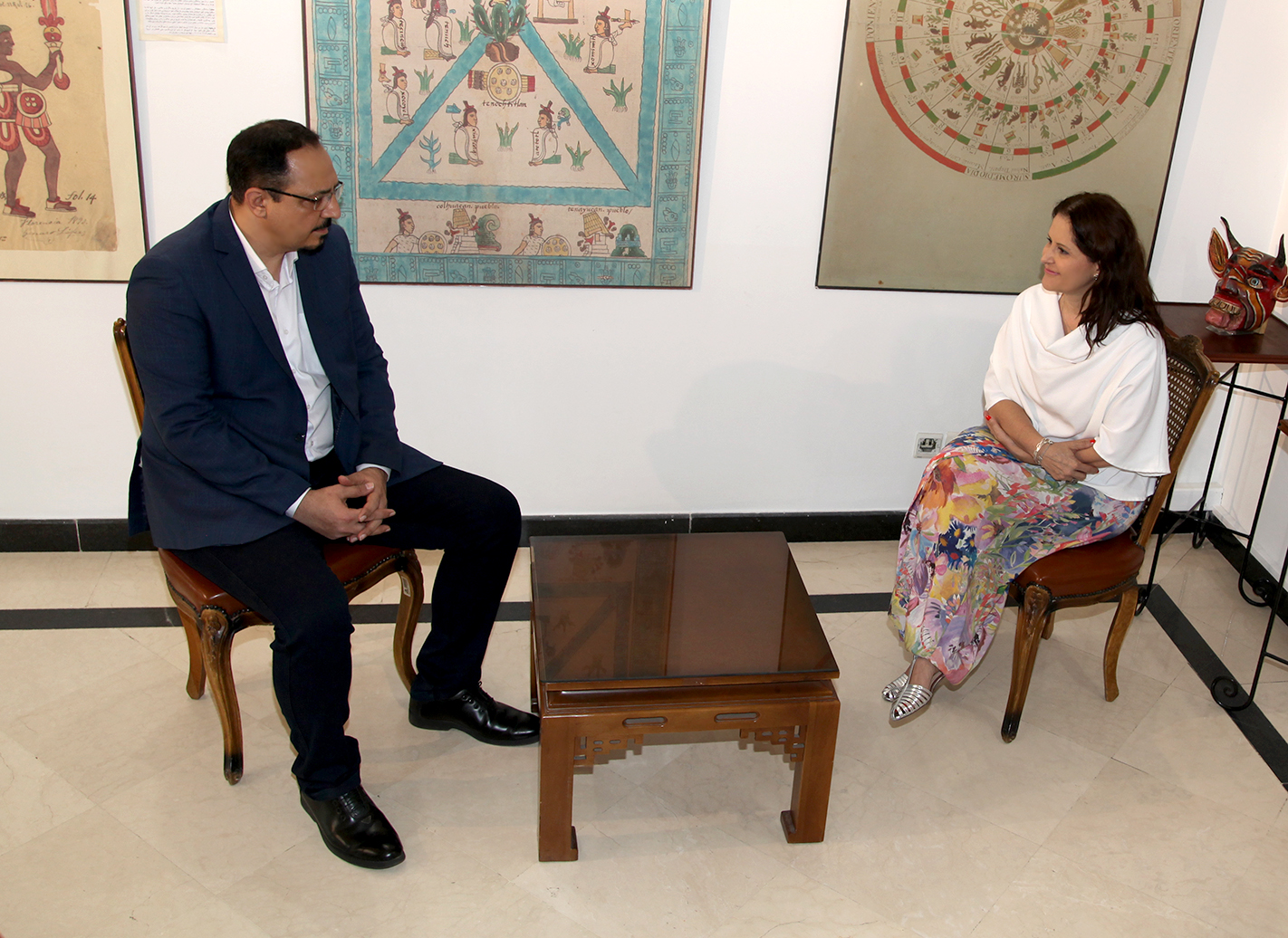 Mexico has indeed made remarkable progress in promoting women’s rights, and the election of the first female President in the 200 years of the Mexican Republic it is both historic and deeply meaningful. It sends a powerful message not only within Mexico but also to the world: that change is possible even in societies with deep-rooted traditions.
Mexico has indeed made remarkable progress in promoting women’s rights, and the election of the first female President in the 200 years of the Mexican Republic it is both historic and deeply meaningful. It sends a powerful message not only within Mexico but also to the world: that change is possible even in societies with deep-rooted traditions.
It is a reflection of the strength, resilience, and determination of Mexican women, who for generations have worked tirelessly — often silently — to open doors and transform their reality.
This milestone represents hope and responsibility. It reinforces the idea that women have a rightful place in decision-making spaces, not just as participants but as leaders shaping the future of our country.
While there is still much work ahead, this achievement inspires pride and admiration, and it strengthens the belief that gender equality is not only necessary but possible. It is an important step toward a more inclusive, fair, and dynamic Mexico.
To what extent do religious beliefs affect the daily lives of Mexicans?
Religion is still very present in daily life. Many people begin their day with a prayer, celebrate saints’ days, and mark life events with religious ceremonies. Even those who aren’t deeply religious often follow traditions out of cultural respect.
What differences and similarities do you see between Mexican and Iranian customs and traditions?
Iran and Mexico, despite being geographically distant, share surprising and meaningful similarities—especially in their culture, food, people, and customs. Both societies are deeply family-oriented. The importance of staying close to loved ones, showing respect for elders, and gathering around the table is central in both cultures. Hospitality is another strong parallel—Iranians, like Mexicans, welcome you warmly, often with food, stories, and generosity that come straight from the heart.
In terms of food, both cuisines are rich, complex, and deeply tied to tradition. Spices, slow-cooked dishes, and symbolic meals are part of everyday life and celebrations. Sharing food is an act of love and connection in both places.
Culturally, there’s a profound respect for heritage, music, poetry, and rituals. Whether it’s a Persian Nowruz or a Mexican Día de los Muertos, both cultures celebrate life through symbolic acts, colors, and deep meaning.
Above all, both Iranian and Mexican people are resilient, proud of their roots, and full of warmth—a human connection that makes both countries feel like home, and cradles to old, wise and complex civilizations.
Which Iranian dish reminds you the most of Mexican cuisine?
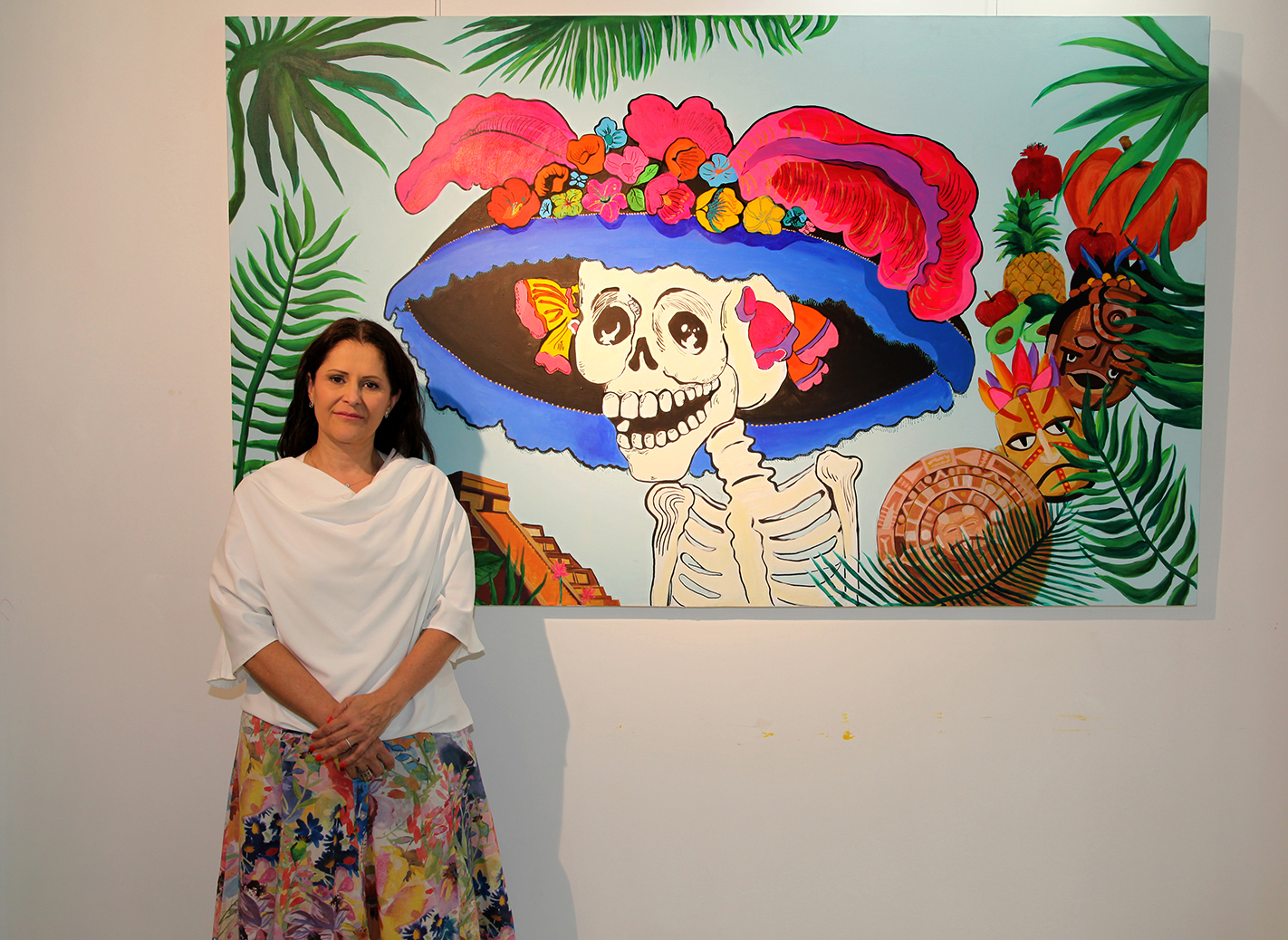 There are many, but let me refer to one in particular. Fesenjoon in Iran and Mole in Mexico are both extraordinary examples of how food carries the soul of a nation. These rich, complex sauces are not only culinary masterpieces but also cultural symbols, crafted with patience, tradition, and deep respect for their ingredients and flavors all the way from the kitchen to the palate.
There are many, but let me refer to one in particular. Fesenjoon in Iran and Mole in Mexico are both extraordinary examples of how food carries the soul of a nation. These rich, complex sauces are not only culinary masterpieces but also cultural symbols, crafted with patience, tradition, and deep respect for their ingredients and flavors all the way from the kitchen to the palate.
Fesenjoon, with its delicate balance of pomegranate and finely ground walnuts, closely mirrors the complexity of a traditional Mexican mole, where a careful blend of chillies, spices, chocolate, and often nuts like almonds or peanuts creates a similarly rich, layered flavor.
Both sauces share a deep, earthy color and velvety texture that reflect the care behind their preparation. Even their fresh side dishes—Shirazi salad and Pico de Gallo—highlight shared ingredients and vibrant colors, echoing the flags of both countries.
These culinary parallels remind us that despite distance, Iran and Mexico share a love for tradition, culture, family, and the art of Gastronomy.
As a member of the Diplomatic Spouses Group in Tehran, how has this group helped you be more productive in Iran? Can you share some key accomplishments?
Being part of the Diplomatic Spouses Group in Tehran has given me a platform to build meaningful connections, support local causes, and promote cultural exchanges. As the treasurer of the DSG, I have always made sure that everything is managed properly and that every contribution received serve to its goal and proposed objectives. This role has allowed me to enhance transparency and responsibility within and outside the group contributing to its prestige and good image. Overall, the experience has strengthened ties between Iran and our countries, while allowing us to contribute to the community with purpose and solidarity beyond diplomatic life.


